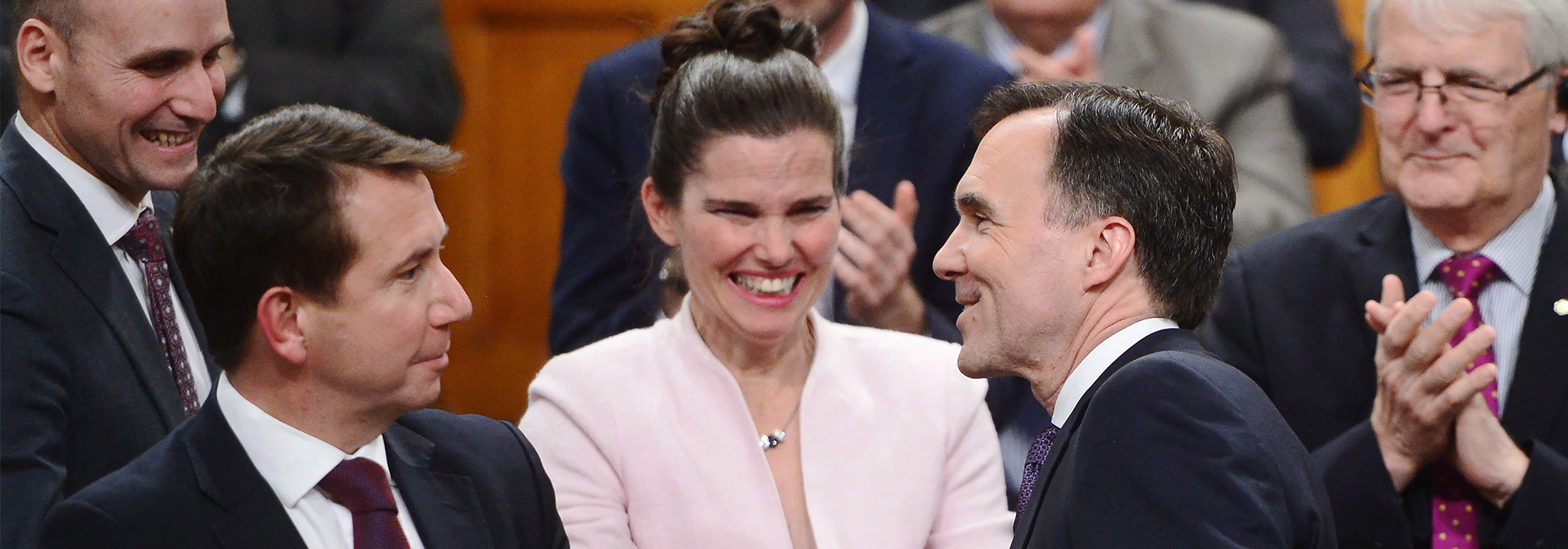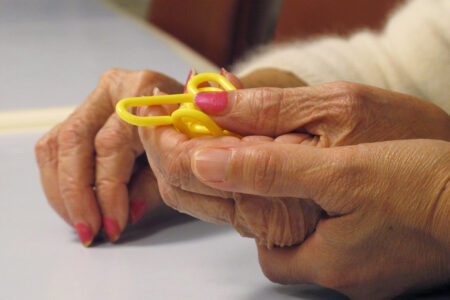
As the second federal budget to employ a gender-based analysis, the 2018 federal budget does a lot for women. But it misses on two critical fronts: it does not include support for universal, affordable child care, the lack of which is preventing women’s equality; and it fails to analyze in any substantial way how factors such as age, race, income and sexual orientation are also barriers to women’s equality and well being.
Many advances are proposed in this budget: it has made Status of Women Canada a funded, stand alone government department; there is a promise of new, pro-active pay equity legislation for federally regulated industries; it includes substantial funding to address gender-based violence and workplace harassment. It clearly commits the government to evidence-based policy-making, which includes funding for Statistics Canada to collect gender disaggregated data. The budget also increases support for parents taking leave, for women in sports, and for women in nontraditional occupations.
But without a plan to create more affordable, accessible and regulated child care, a major barrier to women’s employment has not been addressed. As well, the budget does not address the fact that programs and policies frequently don’t take into account intersectionality – for example, how programs and policies affect low income, racialized or older women is not the same as how they affect other women. Status of Women Canada’s Gender Plus program begins to address this but, in practice, the government is still falling short. This is evident in how the budget approaches policies related to child care, pay equity and parental leave.
A commitment to child care will be crucial if we are to tackle gender equality. National organizations such as Child Care Now assert that if the federal government wants women “to become full and equal participants in the paid labour force,” it needs to put an additional $1 billion into the federal/provincial funding allotments for early learning and child care in 2018/19. Justin Trudeau’s government has been making progress through a series of bilateral agreements with the provinces to improve access to child care, but a more extensive program is needed. Universal, affordable child care funding will be fundamental to equality for women — particularly low-income and underemployed women — for whom child care is critical if they are to move from part-time to full-time employment and from unpaid work to paid work.
More funding for women’s organizations through Status of Women Canada is welcome news. Research demonstrates that increasing funding for women’s organizations is the most effective way to achieve gender quality and address gendered violence.
The Canadian Research Institute for the Advancement of Women (CRIAW-ICREF) — one of Canada’s oldest and one of the few remaining feminist organizations — has long advocated that a greater understanding of the diversity of women’s experience is needed in programs and policies. Referred to as intersectionality, this approach to understanding marginality and oppression investigates how the various things that affect women’s reality (such as race, ability, income, age and ethnicity) intersect with each other. For example, while pay equity legislation may start to close a wage gap in federally regulated industries, we expect that more action will be needed to address the significantly lower wages that disproportionately affect Indigenous women, women with disabilities and racialized women. In other words, while pay equity legislation is good for women generally, it does not affect all women in the same way.
Funding for women in sports is an excellent development, but it may be hard for some women athletes to get to the game if they don’t have access to child care. Money to support women entering or flourishing in nontraditional workplaces is good, but these women suffer in a culture of discrimination. Until this changes — through education, incentives, and valuing the work women do — this culture is not likely to change. Finally, chronic undervaluing and underfunding of female female-dominated sectors, such as child care, health care and education, could be addressed through federal transfers to the provinces targeted at specific sectors.
A notable change in this budget was in parental leave — the introduction of a nontransferable, use-it-or-lose-it five-week leave for the nonbirth parent. This type of leave arrangement acknowledges that men are unlikely to take parental leave, because women often make less than their heterosexual partners. Gender roles also continue to position caregiving as “women’s work.” Studies demonstrate that supporting “daddy days” has a number of positive effects, including higher uptake of shared parental leave and nonbirth parents spending more time caring for children.
On their own these are positive changes to the parental leave regime, but they don’t affect all parents equally. Studies show that many parents do not qualify for any EI benefits, or that their incomes are so low that they cannot live at 55 percent of their pay. And all too often it is racialized or low income women who are disproportionately excluded from benefiting from these programs. Again, this reflects the fact that too little attention is paid to the ways that intersectionality shapes people’s experiences.
The intersectional approach is a recipe for change. This budget is as close as we’ve come to this approach so far. And yet, without child care and sufficient attention paid to the diversity of experience, we’re still not sure what the outcomes for women will be.
Photo: Finance Minister Bill Morneau receives an ovation after delivering the federal budget in the House of Commons in Ottawa on Tuesday, Feb.27, 2018. THE CANADIAN PRESS/Sean Kilpatrick
Do you have something to say about the article you just read? Be part of the Policy Options discussion, and send in your own submission. Here is a link on how to do it. | Souhaitez-vous réagir à cet article ? Joignez-vous aux débats d’Options politiques et soumettez-nous votre texte en suivant ces directives.









